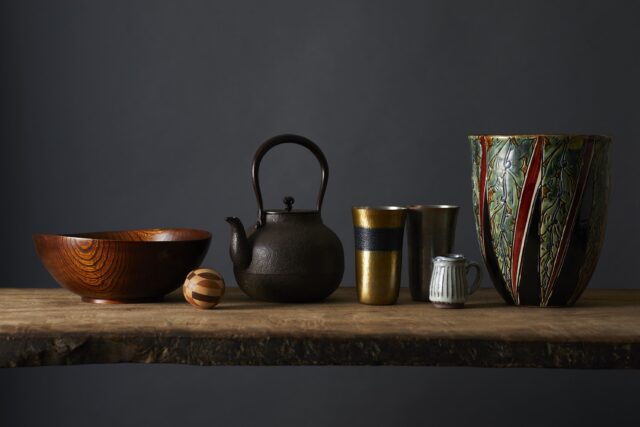Nakagawa Masashichi Shoten Redefines “How Craft Should Conclude” – Launches Circular Craft Program Alongside B Corp Certification
KOGEI Topics VOL.25


VOL.1-25
Update
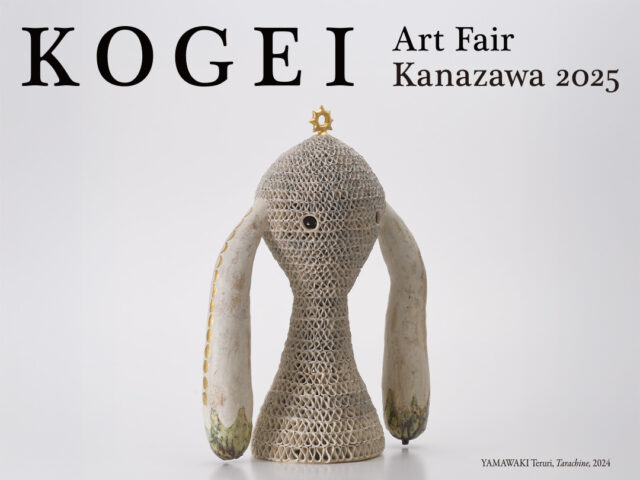
VOL.1-50
Update
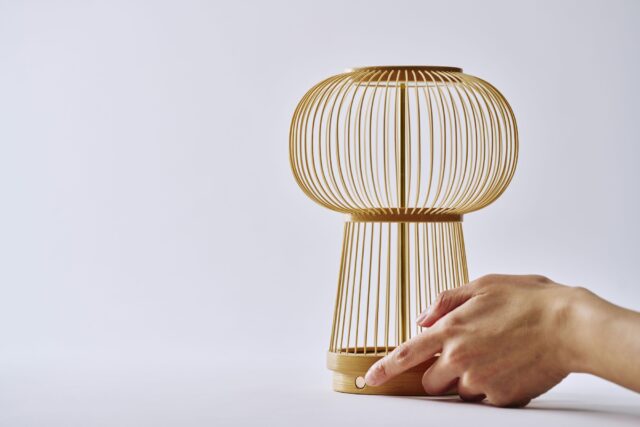
VOL.1-22
Update
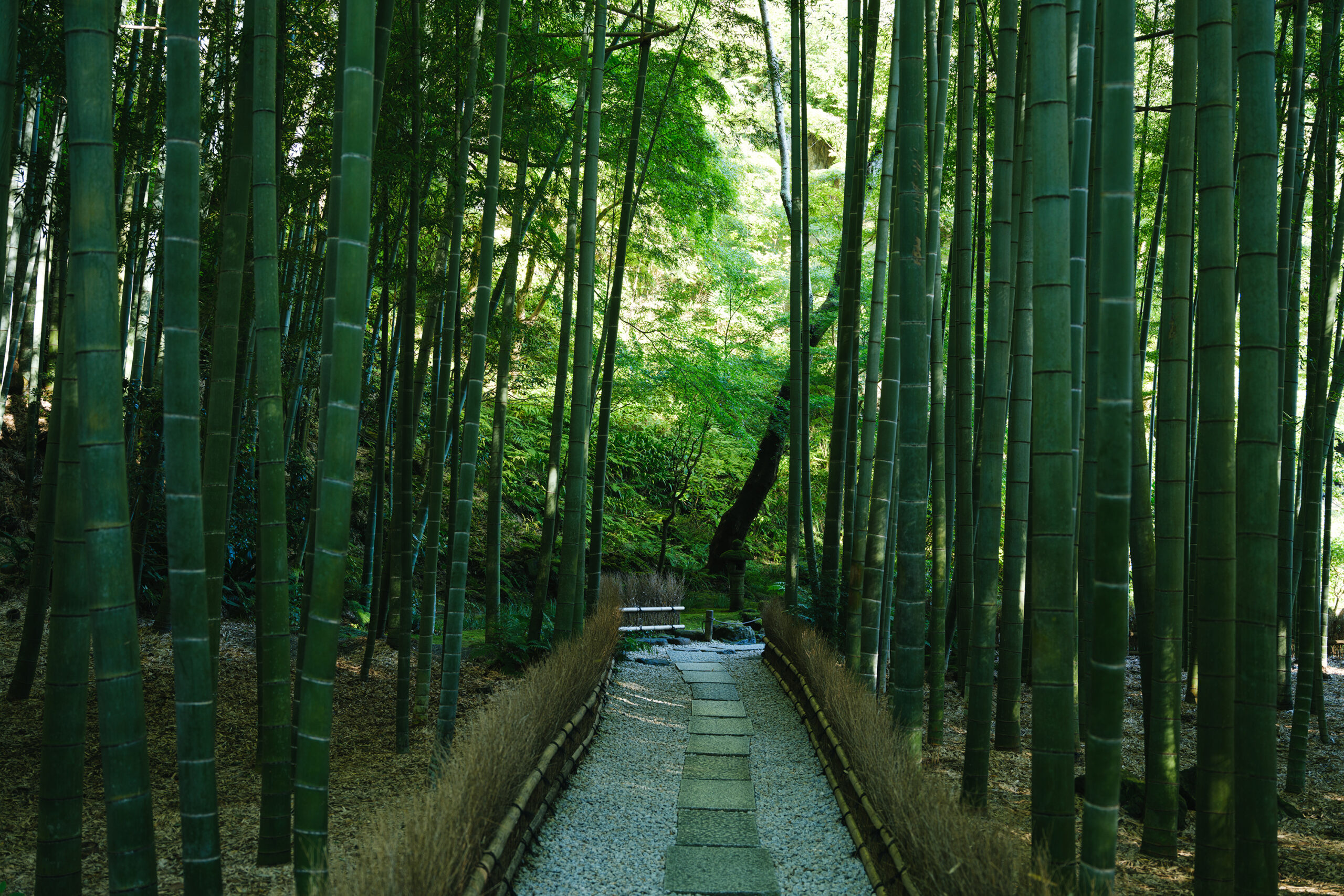
VOL.1-3
Update
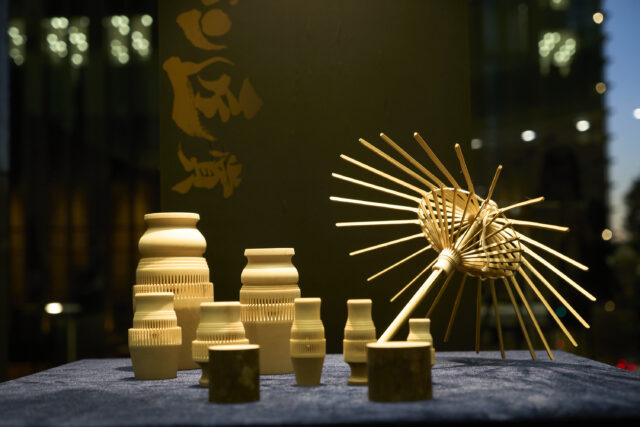
VOL.1-27
Update
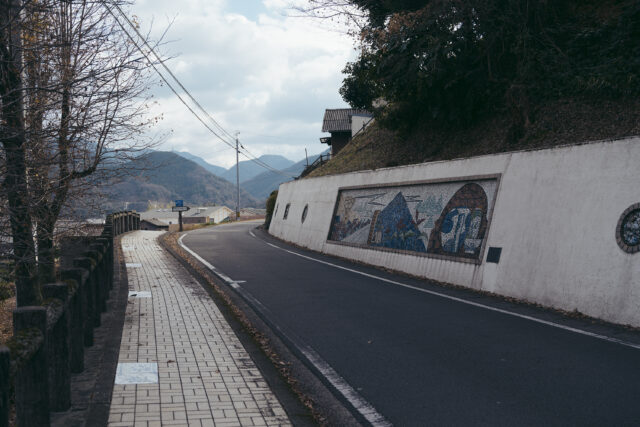
VOL.1-4
Update
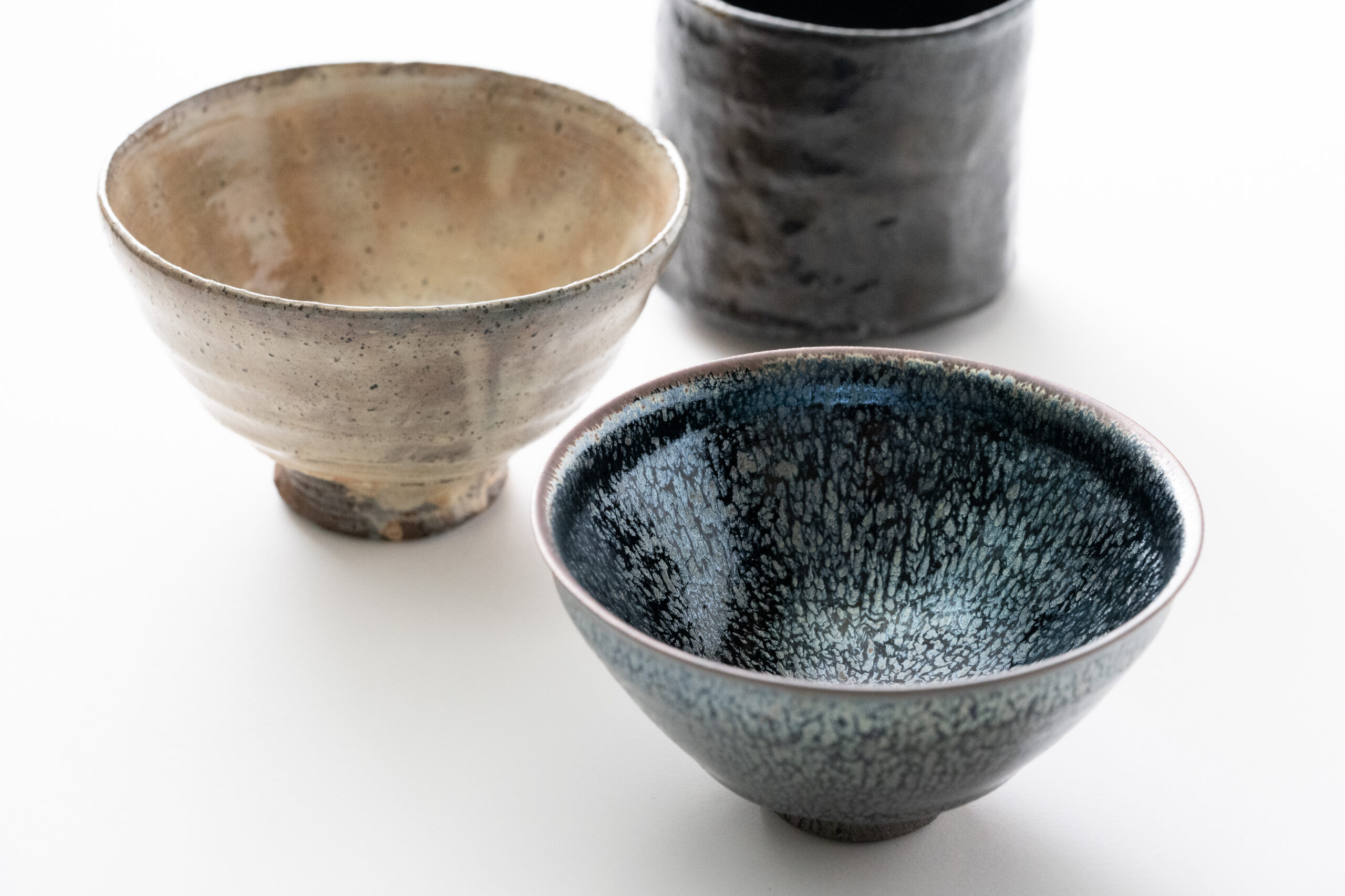
VOL.1-3
Update
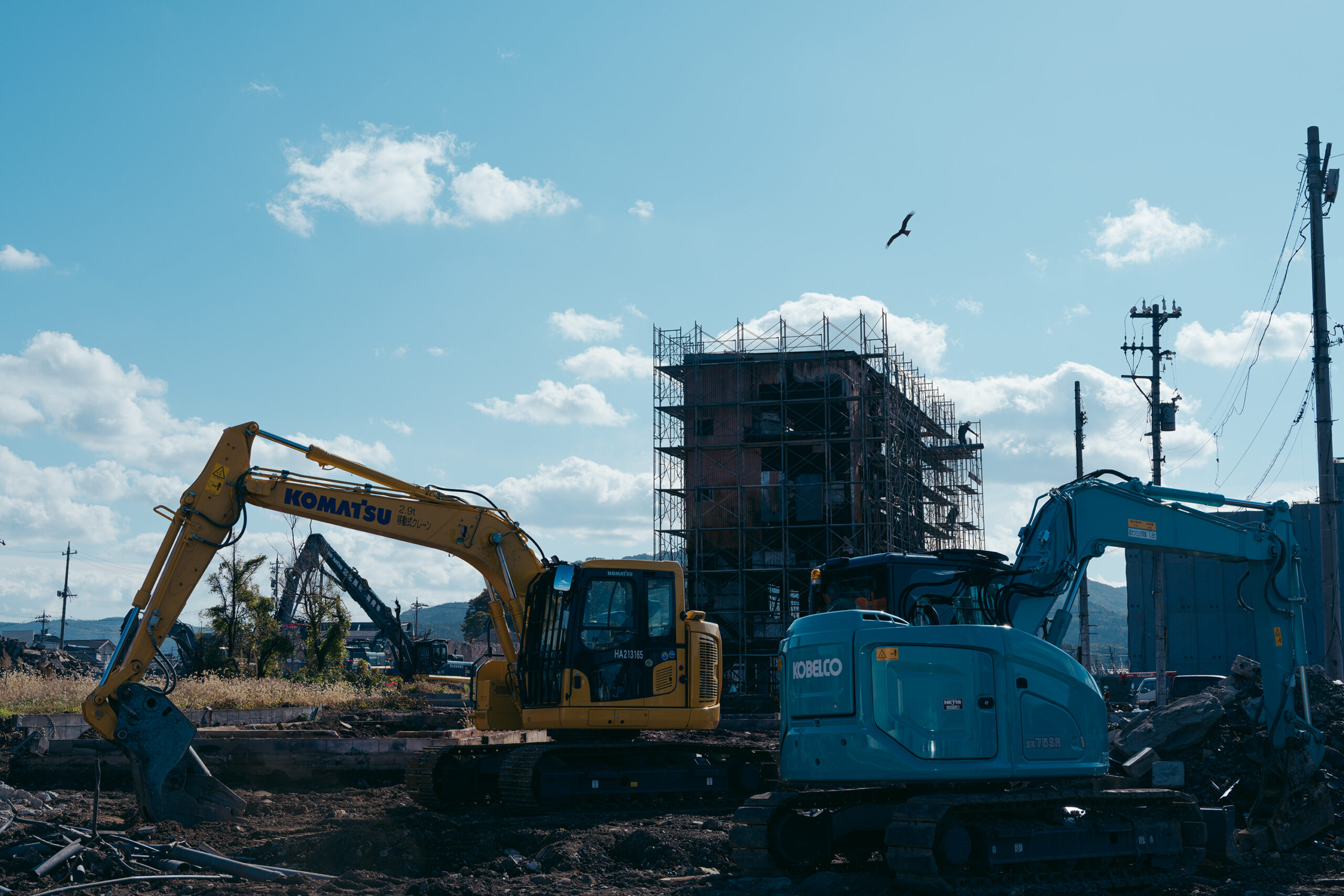
VOL.1
Update
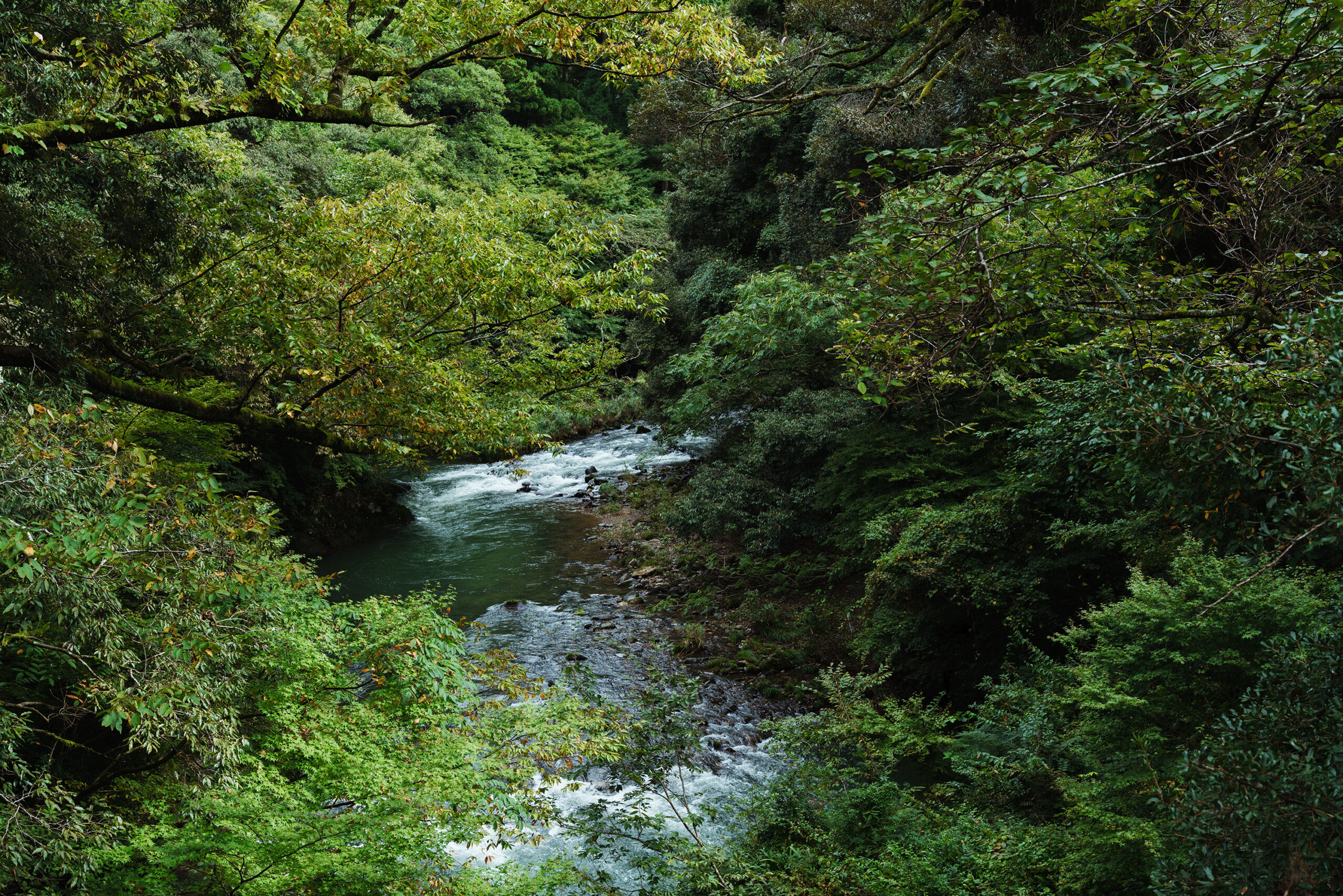
VOL.1-7
Update
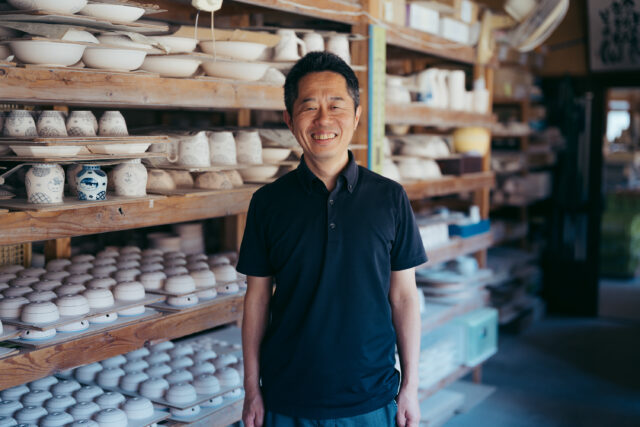
VOL.1-32
Update
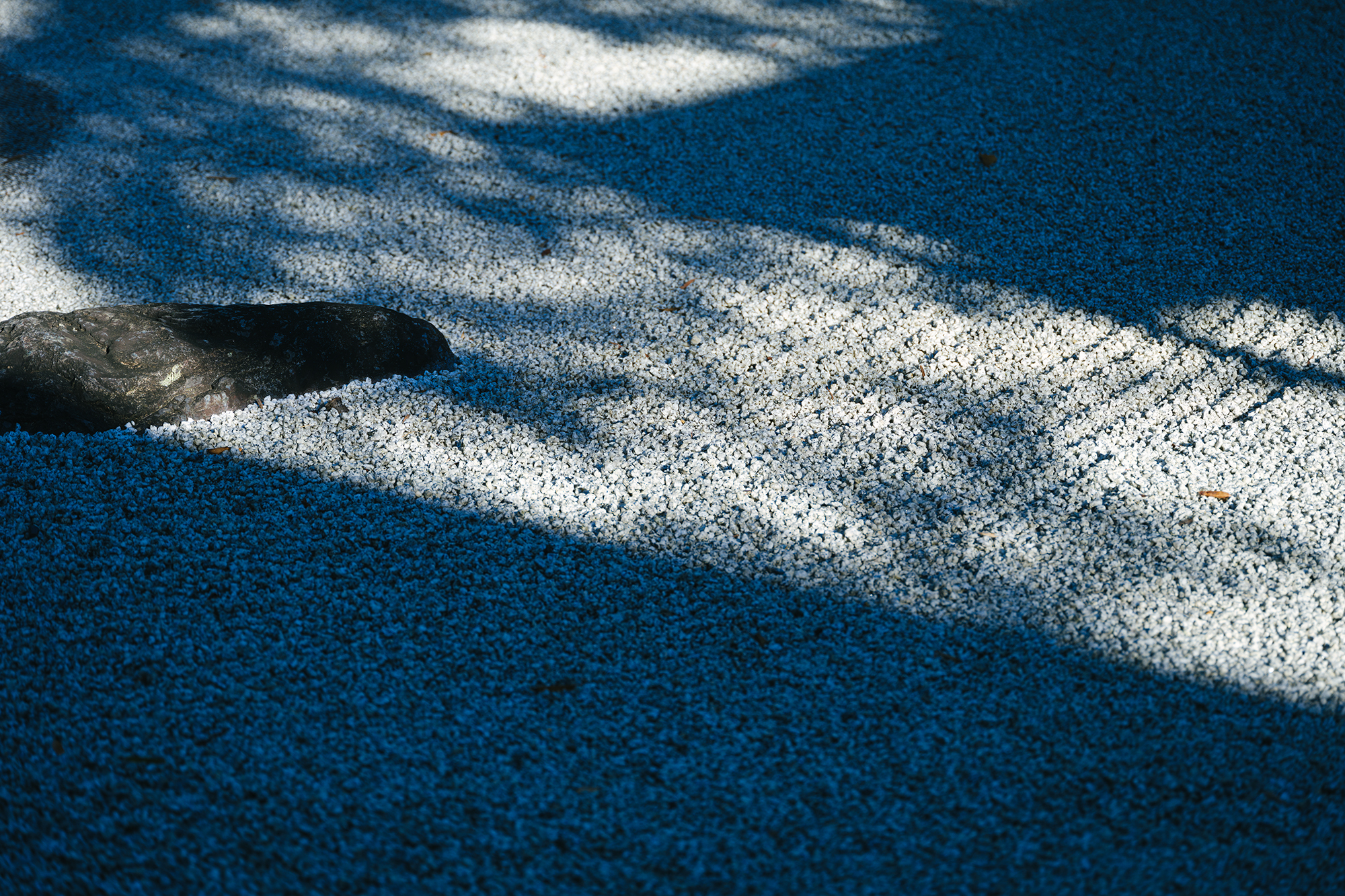
VOL.1-12
Update
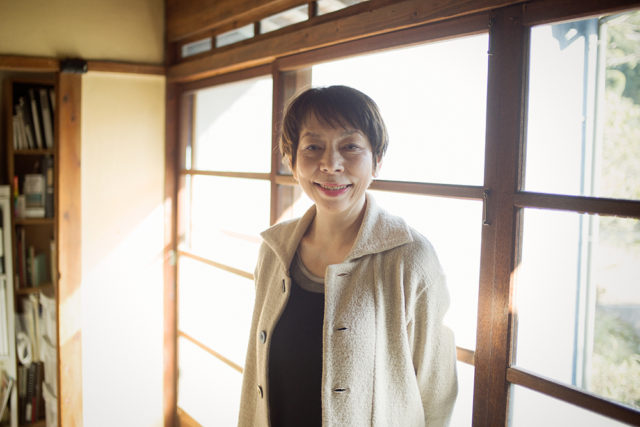
VOL.1
Update
We share a variety of information and perspectives on Japanese crafts, including exhibition information and interviews.
KOGEI Topics VOL.25
Featured Exhibitions & Events VOL.50
KOGEI Topics VOL.24
New Products VOL.22
Yamanashi
Nov 18, 2025 – Feb 1, 2026
Yamanashi Prefectural Museum of Art
Nov 22 – Dec 3, 2025
SML
Nov 26 – Dec 1, 2025
KAKIDEN GALLERY
Nov 28 – Dec 7, 2025
SHIBUYA KURODA TOEN

Katsuji Kamata, a nushi lacquer artist based in Wajima, Ishikawa Prefecture, employs a technique known as dry lacquer or kanshitsu to create light and dynamic shaped vessels. Kanshitsu involves layering hemp cloth with lacquer over a mold, allowing for free-form creativity. Historically used for making Buddhist statues and currently for creating art pieces, it is rarely applied to the production of daily-use items. Katsuji aims to create lacquerware that harmonizes with modern dining tables and enhances the food, handling the entire process from mold making onwards.
The gentle curves extending from the rim to the spout of the katakuchi sake server reveal the softness that can only be achieved with fabric, not with wood. The hexagonal-shaped guinomi sake cup is astonishingly light, with the smooth feel of lacquer gently and comfortably touching the lips. The understated luster of the deeply layered red lacquer, combined with the thin, refined form, imparts a sense of sophistication.
Inspired by the natural beauty of Wajima, where he has lived for many years, the graceful forms of Katsuji’s work reflect this connection. As you raise a cup, you can appreciate the craftsmanship and feel the connection to the land that nurtures such exquisite lacquerware.
